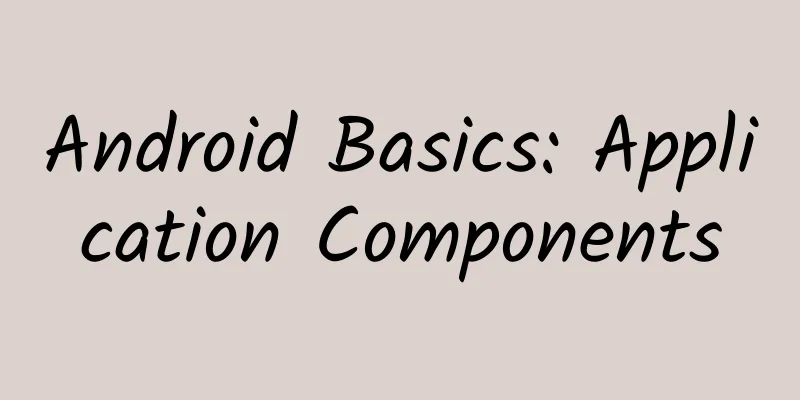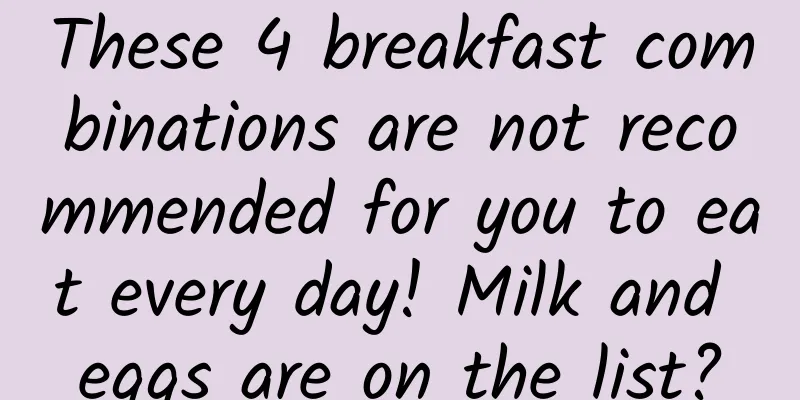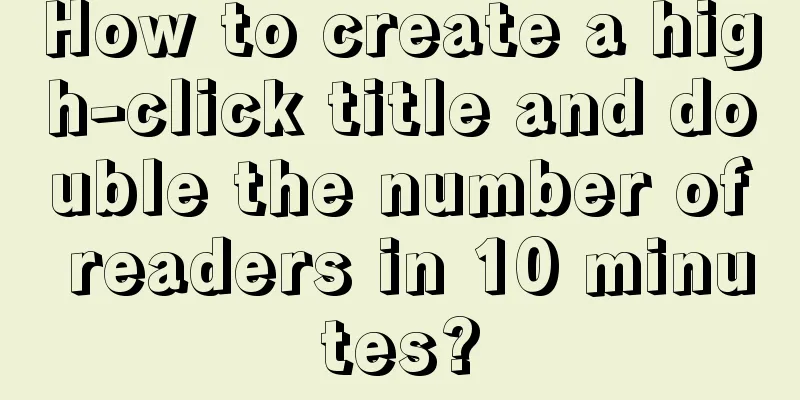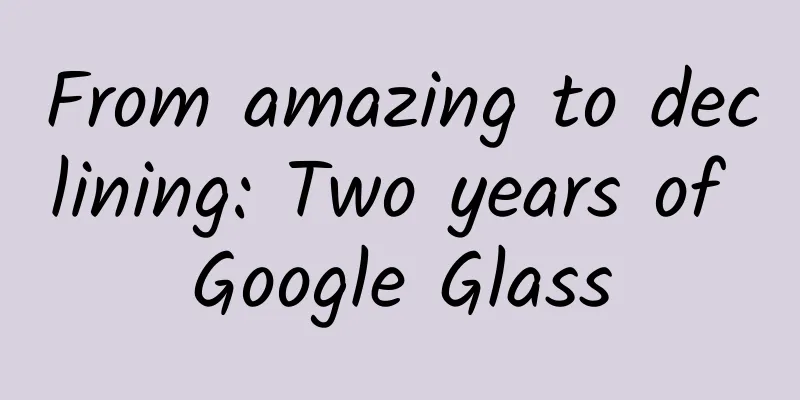Android Basics: Application Components

|
Application components are the basic building blocks of an Android application. These components are loosely coupled. The application manifest file AndroidManifest.xml describes each component of the application and how they interact with each other. There are four main components that can be used in an Android application:
ActivitiesAn activity represents a single user interface on the screen. For example, an email application might have one activity that displays a list of new emails, another activity for composing emails, and another activity for reading emails. If the application has more than one activity, then one of them should be marked as the activity presented when the application is launched. It is implemented as a subclass of the Activity class as follows:
ServicesA service is a component that runs in the background to perform long-running operations. For example, a service might play music in the background while the user is in a different application, or it might fetch data over the network without blocking the user from interacting with the activity. Implementing a service as a subclass of a service class is as follows:
Broadcast ReceiverBroadcast receivers simply respond to broadcast messages from other applications or from the system. For example, an application can also initiate a broadcast to let other applications know that some data has been downloaded to the device and is available for them to use, so it is the broadcast receiver that will intercept this communication and take appropriate action. Broadcast receivers are implemented as subclasses of the BroadcastReceiver class, and each message is broadcast as an Intent object.
Content ProviderContent provider components provide data from one application to other upon request. Such requests are handled by methods of the ContentResolver class. The data can be stored in the file system, a database or elsewhere. Content providers implement subclasses of the ContentProvider class and must implement a standard set of APIs that enable other applications to perform transactions.
We will cover the details of the application components through these tags, also in separate chapters. Add-onsAdditional components can be used to construct the above entities, their logic and the connections between them. These components include:
|
<<: Apple Swift language open source project selection summary
>>: Apple to launch dedicated app for Apple Watch
Recommend
Consumers beware: This is how e-commerce platforms get their low-priced iPhones
Every year, with the launch of Apple's new iP...
Luo Zhenyu: From a media person to an entrepreneur, our 6 suggestions for content entrepreneurs
Luo Pang, who transformed from a media person int...
Shocked! H1N1 flu can also cause white lungs! These groups should not be careless
Recently, the news that a 9-year-old boy in Zheji...
Super Fan Pass is online, how to use it? This guide may be the most complete!
On August 23, all Fans Channels were switched to ...
It’s amazing, this “lotus leaf” can actually concentrate light to generate electricity?
Produced by: Science Popularization China Produce...
More than half of people don't know they have diabetes! Be alert if you have these symptoms
World Diabetes Day is celebrated on November 14th...
ASO Optimization: Detailed Explanation of App Store Ranking Rules
ASO optimization obviously affects the first step...
VR will explode this year, but you may not have anything to do with it
[[164458]] It's because your computer hardwar...
Decoding: How does Pinduoduo play with the addiction model?
Pinduoduo has a variety of promotion methods, whi...
How did Tik Tok short video achieve rapid growth?
The core of user operation is to manage users in ...
Netflix's financial report illuminates the future of China's online video industry - Going global to Southeast Asia
Lost in one place, gained in another. An epidemic...
All thanks to strength! The world's largest "artificial sun" ITER main engine installation, China once again undertakes!
On February 29, 2024, local time, the Internation...
30 Bad Programmers Are No Match for a Good Tool
From time to time we hear people say that we need...
Let you know the development history of speech recognition technology
Author: Yang Jun, Unit: China Mobile Xiong'an...
Getting Started Guide for Massive Streaming
Juleliang Qianchuan was fully launched on April 9...









